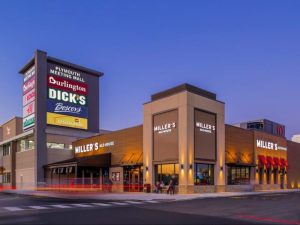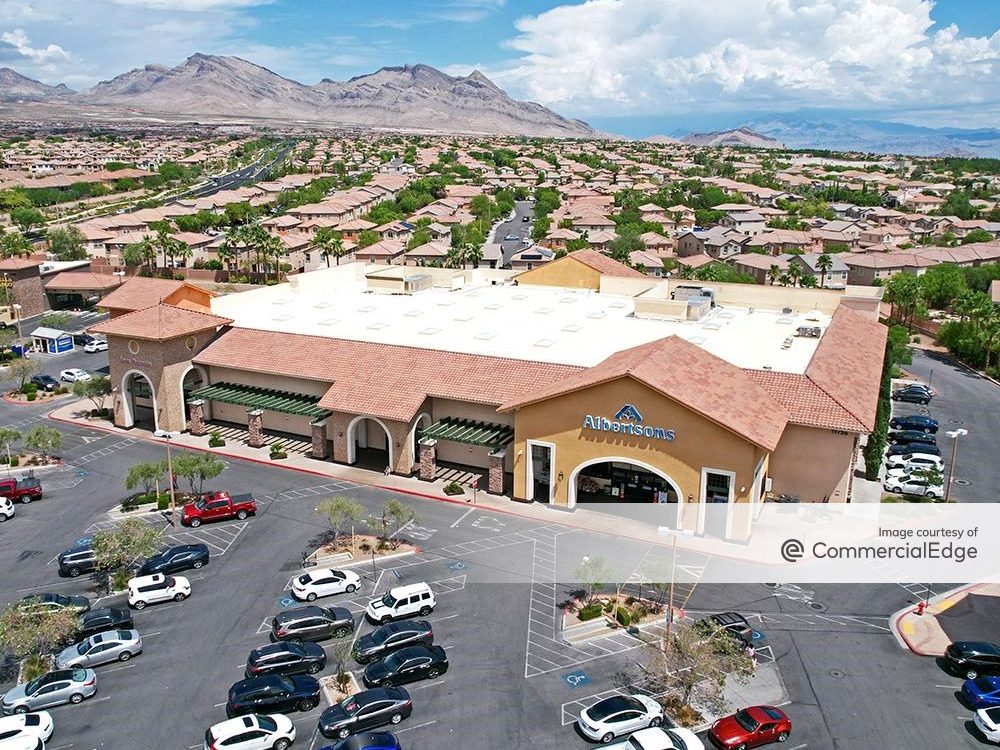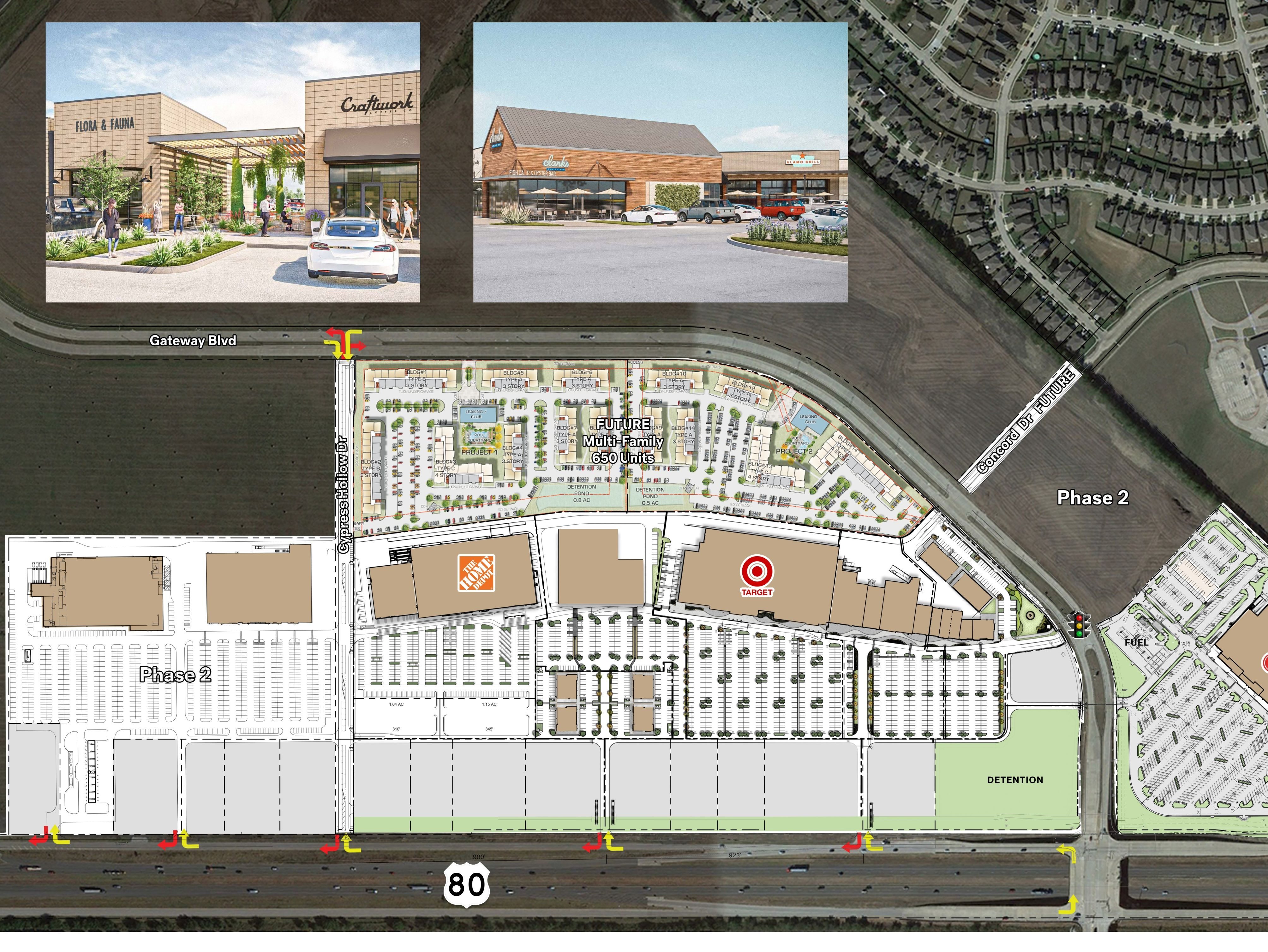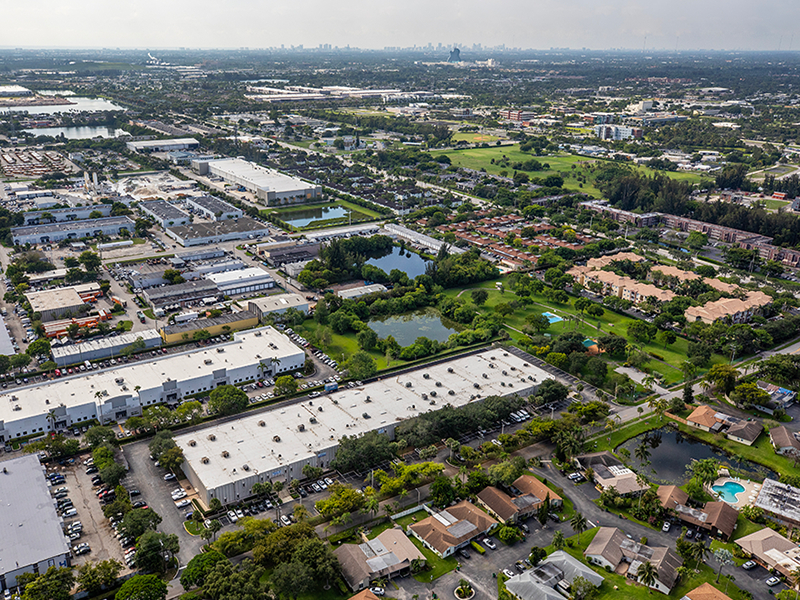PREIT’s CEO on the Rebirth of Malls
Joseph Coradino discusses the changing shopping center landscape and trends in the retail industry.
Over the past three years, malls have strived to regularly reinvent themselves and adjust to new ground rules in order to not only stay alive, but also remain relevant.
For Pennsylvania Real Estate Investment Trust, a REIT that owns 18 malls across the East Coast in high barrier-to-entry markets, meeting the changing needs of consumers has been a top priority. Commercial Property Executive reached out to Chairman & CEO Joseph Coradino—who’s been in the retail industry for almost four decades—to talk about the many alterations malls have underwent and how they’ve constantly revived themselves to ride out the storms of the past few years.
How did the pandemic impact the malls across your portfolio?
Coradino: Malls were unfairly treated during the reopening phase, frankly. In many cases, our malls were closed for three months, which was very challenging to our tenants. And upon opening, many tenants operated with restrictions. This was obviously well-intentioned but different restrictions were placed on other forms of retail putting malls at an unfair advantage.
That said, the industry adapted for the better—implementing curbside offerings, connecting with communities through outdoor events, working more closely with retailers and getting innovative in support of our tenants.
What did you learn over the past three years about the importance of the shopping experience for the average American?

Plymouth Meeting Mall, a 948,000-square-foot mall in Plymouth Meeting, Pa., owned by PREIT. Image courtesy of PREIT
Coradino: We saw raging demand from shoppers who were seeking in-person experiences. This drove sales to new heights at malls across our portfolio. All the mall owners reported record demand from retailers who learned to value the in-person tactile experience and engagement with shoppers.
Across our portfolio, we have found a unique advantage in what we like to call our “winner-take-all” properties. We establish dominance through our expertise in regions that can’t support as much retail as they have, where competitive malls become obsolete, resulting in sharply decreased retail inventory. One of the key strategies in making this a reality was our proactive anchor replacement effort which allowed us to take back department stores that were no longer relevant and replace them with more sought-after retail.
At Capital City Mall in Harrisburg, Pa., for example—one of our shining stars in the winner-take-all category—we have the only fashion department store in 50-plus miles in Macy’s and the only Dave & Buster’s in over 75 miles. Our anchor replacement effort there involved terminating Sears and replacing them with DICK’s Sporting Goods, PA Fine Wine & Liquor, Primanti Bros and Blaze Pizza.
What do you think currently represents the biggest competition for malls?
Coradino: Our view is somewhat unique in that we don’t view online shopping as competition, but rather as complementary to our business. The biggest threat to our business is probably retailers that are overstored or outdated. To the extent retailers don’t adjust with consumer preferences, they are less attractive to shoppers, which impacts the perception of our shopping experience. That said, we are significantly less tied to the ebbs and flows of retail as we have diversified our tenant base significantly.
Over the years, we have made a concerted effort to incorporate more experiences, including dining and entertainment options, grocery stores, fitness centers and more. Now, we are even adding hotels and apartments to our properties.
READ ALSO: How DJM Retooled Its Retail Investment Strategy
How different are malls now compared to a decade ago?
Coradino: Ten years ago, you could drop a person in any mall across the country and they probably wouldn’t know where they were, but now we have all learned the importance of creating distinct experiences. This includes small and local businesses and experiences unique to the local community.
Anchors are another point of distinction. In the last six years, we have replaced 19 department stores with over three dozen tenants.
What types of tenants are considered ‘preferable’ when it comes to malls today?
Coradino: We think it’s important to include a variety of destinations—from a retail perspective, we think a mix of traditional stores is complemented by off-price retail, local businesses and direct-to-consumer brands. We also think it’s critically important to introduce dining—from full service to quick serve and specialty food—and entertainment options, whether that be movie theatres, Dave & Buster’s, Legoland or craft experiences.
Incorporating health and wellness tenants and convenience services rounds out the picture, as well. This allows our centers to meet the changing needs of consumers.
What are some experiences or amenities that attract shoppers to your properties?
Coradino: Dining and entertainment really extend dwell time and expand trade areas. They give shoppers more reasons to visit us.
How do you see the future of the mall?
Coradino: First of all, we agree with the notion that the U.S. has too much retail. That is why we disposed of assets that we didn’t think would survive as malls. As a follow-up to that, we proactively replaced obsolete department stores with more sought-after destinations. Our vision is to be at the intersection of life and commerce, where our properties serve as true community hubs, fulfilling a range of needs for our consumers.
What are the 2023 mall trends we should keep an eye out for?
Coradino: Apartments and other mixed-use components moving to densify mall properties, creating more sustainable business models.









You must be logged in to post a comment.